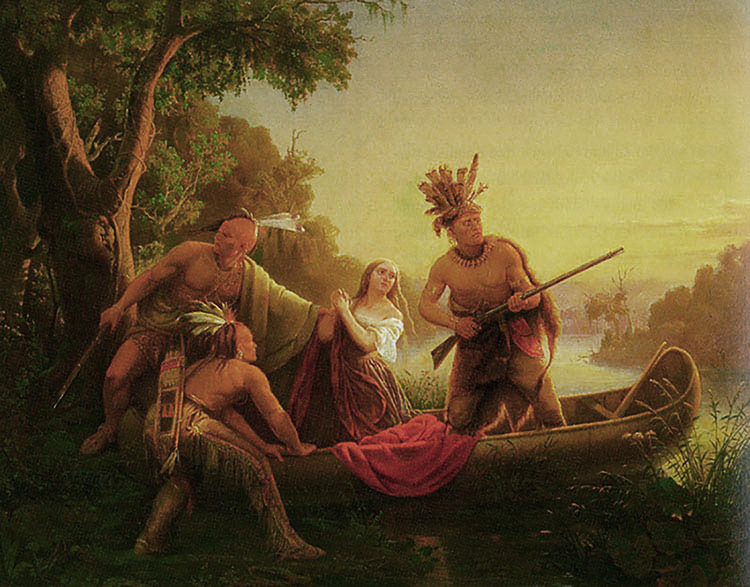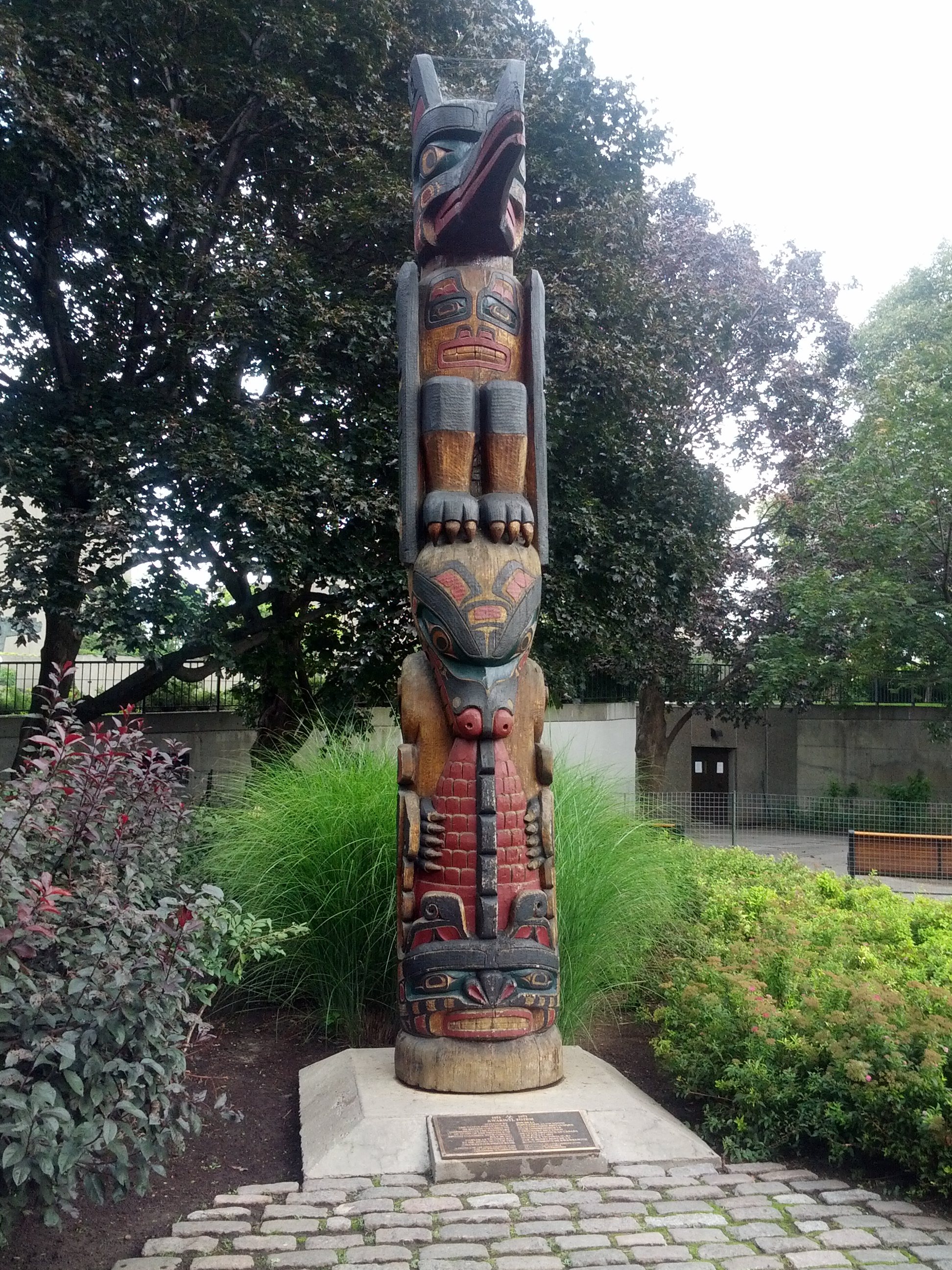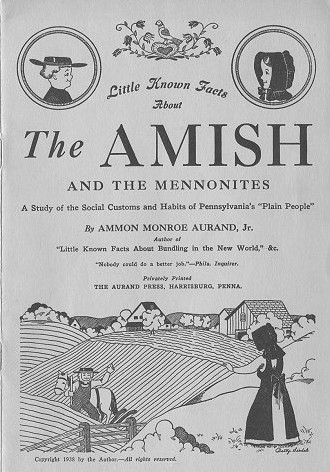|
Exogamy
Exogamy is the social norm of mating or marrying outside one's social group. The group defines the scope and extent of exogamy, and the rules and enforcement mechanisms that ensure its continuity. One form of exogamy is dual exogamy, in which two groups continually intermarry with each other. In social science, exogamy is viewed as a combination of two related aspects: biological and cultural. Biological exogamy is the marriage of people who are not blood relatives. This is regulated by incest taboo, incest taboos and Legality of incest, laws against incest. Cultural exogamy is marrying outside a specific cultural group; the opposite being endogamy, marriage within a social group. Biology of exogamy Exogamy often results in two individuals that are not closely genetically related marrying each other; that is, outbreeding as opposed to inbreeding. This may benefit offspring as it reduces the risk of the offspring inheriting two copies of a defective gene. Nancy Wilmsen Thornhi ... [...More Info...] [...Related Items...] OR: [Wikipedia] [Google] [Baidu] |
Tucano People
The Tucano people (sometimes spelt Tukano)(In Tucano language, Tucano: ye’pâ-masɨ (m.sg.), ye’pâ-maso (f.sg.), ye’pâ-masa (pl.)), are a group of indigenous peoples of the Americas, Indigenous South Americans in the northwestern Amazon, along the Vaupés River and the surrounding area. They are mostly in Colombia, but some are in Brazil. They are usually described as being made up of many separate tribes, but that oversimplifies the social and linguistic structure of the region. Cultures The Tucano are multilingual because men must marry outside their language group: no man may have a wife who speaks his language, which would be viewed as a kind of incest. Men choose women from various neighboring tribes who speak other languages. Furthermore, on marriage, women move into the men's households or longhouses. Consequently, in any village several languages are used: the language of the men; the various languages spoken by women who originate from differ ... [...More Info...] [...Related Items...] OR: [Wikipedia] [Google] [Baidu] |
Gotra
In Hindu culture, the term gotra (Sanskrit: गोत्र) is considered to be equivalent to lineage. It broadly refers to people who are descendants in an unbroken male line from a common male ancestor or patriline. Generally, the gotra forms an exogamous unit, with marriage within the same gotra being regarded as incest and prohibited by custom. The name of the gotra can be used as a surname, but it is different from a surname and is strictly maintained because of its importance in marriages among Hindus, especially among castes. Pāṇini defines ''gotra'' as ''apatyam pautraprabhrti gotram'' (IV. 1. 162), which means "the word ''gotra'' denotes the descendance (or descendants), ''apatya'', of a couple consisting of a ''pautra'', a son and a ''bharti'', a mother, i.e. a daughter-in-law." (Based on Monier Williams Dictionary definitions.) Foundational structure According to the Brihadaranyaka Upanishad 2.2.4,'' Kashyapa, Atri, Vasistha, Vishvamitra, Gautama Maharish ... [...More Info...] [...Related Items...] OR: [Wikipedia] [Google] [Baidu] |
Incest
Incest ( ) is sexual intercourse, sex between kinship, close relatives, for example a brother, sister, or parent. This typically includes sexual activity between people in consanguinity (blood relations), and sometimes those related by lineage (anthropology), lineage. It is condemned and considered immoral in many societies. It can lead to an increased risk of genetic disorders in children in case of pregnancy from incestuous sex. The incest taboo is one of the most widespread of all cultural taboos, both in present and in past societies. Most modern societies have laws regarding incest or social restrictions on closely consanguineous marriages. In societies where it is illegal, consensual adult incest is seen by some as a victimless crime. Some cultures extend the incest taboo to relatives with no consanguinity, such as Milk kinship, milk-siblings, stepsiblings, and adoptive siblings, albeit sometimes with less intensity. Third-degree relatives (such as half-aunt, half-nephew ... [...More Info...] [...Related Items...] OR: [Wikipedia] [Google] [Baidu] |
Incest Taboo
Incest ( ) is sex between close relatives, for example a brother, sister, or parent. This typically includes sexual activity between people in consanguinity (blood relations), and sometimes those related by lineage. It is condemned and considered immoral in many societies. It can lead to an increased risk of genetic disorders in children in case of pregnancy from incestuous sex. The incest taboo is one of the most widespread of all cultural taboos, both in present and in past societies. Most modern societies have laws regarding incest or social restrictions on closely consanguineous marriages. In societies where it is illegal, consensual adult incest is seen by some as a victimless crime. Some cultures extend the incest taboo to relatives with no consanguinity, such as milk-siblings, stepsiblings, and adoptive siblings, albeit sometimes with less intensity. Third-degree relatives (such as half-aunt, half-nephew, first cousin) on average have 12.5% common genetic herita ... [...More Info...] [...Related Items...] OR: [Wikipedia] [Google] [Baidu] |
Marriage
Marriage, also called matrimony or wedlock, is a culturally and often legally recognised union between people called spouses. It establishes rights and obligations between them, as well as between them and their children (if any), and between them and their Affinity (law), in-laws. It is nearly a cultural universal, but the definition of marriage varies between cultures and religions, and over time. Typically, it is an institution in which interpersonal relationships, usually sexual, are acknowledged or sanctioned. In some cultures, marriage is recommended or considered to be Premarital sex, compulsory before pursuing sexual activity. A marriage ceremony is called a wedding, while a private marriage is sometimes called an elopement. Around the world, there has been a general trend towards ensuring Women's rights, equal rights for women and ending discrimination and harassment against couples who are Interethnic marriage, interethnic, Interracial marriage, interracial, In ... [...More Info...] [...Related Items...] OR: [Wikipedia] [Google] [Baidu] |
Marriage By Capture
Bride kidnapping, also known as marriage by abduction or marriage by capture, is a practice in which a man abducts the woman he wishes to marry. Bride kidnapping (hence the portmanteau bridenapping) has been practiced around the world and throughout prehistory and history, among peoples as diverse as the Hmong in Southeast Asia, the Tzeltal in Mexico, and the Romani in Europe. Bride kidnapping still occurs in various parts of the world, but it is most common in the Caucasus, Central Asia and some parts of Africa. In most nations, bride kidnapping is considered a sex crime because of the implied element of rape, rather than a valid form of marriage. Some types of it may also be seen as falling along the continuum between forced marriage and arranged marriage. The term is sometimes confused with elopements, in which a couple runs away together and seeks the consent of their parents later. In some cases, the woman cooperates with or accedes to the kidnapping, typically in ... [...More Info...] [...Related Items...] OR: [Wikipedia] [Google] [Baidu] |
Kinship
In anthropology, kinship is the web of social relationships that form an important part of the lives of all humans in all societies, although its exact meanings even within this discipline are often debated. Anthropologist Robin Fox says that the study of kinship is the study of what Human, humans do with these basic facts of lifemating, gestation, Parenting, parenthood, socialization, siblingship etc. Human society is unique, he argues, in that we are "working with the same raw material as exists in the animal world, but [we] can conceptualize and categorize it to serve social ends." These social ends include the socialization of children and the formation of basic economic, political and religious groups. Kinship can refer both to the patterns of social relationships themselves, or it can refer to the study of the patterns of social relationships in one or more human cultures (i.e. kinship studies). Over its history, anthropology has developed a number of related concepts an ... [...More Info...] [...Related Items...] OR: [Wikipedia] [Google] [Baidu] |
Edvard Westermarck
Edvard Alexander Westermarck (20 November 1862 in Helsinki – 3 September 1939 in Tenala) was a Finnish philosopher and sociologist. Among other subjects, he studied exogamy and the incest taboo. Biography Westermarck was born in 1862 in a well-off Lutheran family, part of the Swedish-speaking population of Finland. His father worked at the University of Helsinki as a bursar, and his maternal grandfather was a professor at the same university. It was thus natural for Edvard to study there, obtaining his first degree in philosophy in 1886, but developing also an interest in anthropology and reading the works of Charles Darwin. His thesis, The History of Human Marriage, was published as a book in 1891, and would be published again in a substantially revised edition in 1921. In 1892, Westermarck became a lecturer in Sociology at the University of Helsinki. While at the university, he became the chairman of the Prometheus Society, a student society promoting religious freedom. H ... [...More Info...] [...Related Items...] OR: [Wikipedia] [Google] [Baidu] |
Totem
A totem (from or ''doodem'') is a spirit being, sacred object, or symbol that serves as an emblem of a group of people, such as a family, clan, lineage (anthropology), lineage, or tribe, such as in the Anishinaabe clan system. While the word ''totem'' itself is an anglicisation of the Ojibwe term (and both the word and beliefs associated with it are part of the Ojibwe language and Ojibwe, culture), belief in Tutelary deity, tutelary spirits and deities is not limited to the Ojibwe people. Similar concepts, under differing names and with variations in beliefs and practices, may be found in a number of cultures worldwide. The term has also been adopted, and at times redefined, by anthropologists and philosophers of different cultures. Contemporary Neoshamanism, neoshamanic, New Age, and mythopoetic men's movements not otherwise involved in the practice of a traditional, tribal religion have been known to use "totem" terminology for the personal identification with a tutelary sp ... [...More Info...] [...Related Items...] OR: [Wikipedia] [Google] [Baidu] |
Totemism
A totem (from or ''doodem'') is a spirit being, sacred object, or symbol that serves as an emblem of a group of people, such as a family, clan, lineage, or tribe, such as in the Anishinaabe clan system. While the word ''totem'' itself is an anglicisation of the Ojibwe term (and both the word and beliefs associated with it are part of the Ojibwe language and culture), belief in tutelary spirits and deities is not limited to the Ojibwe people. Similar concepts, under differing names and with variations in beliefs and practices, may be found in a number of cultures worldwide. The term has also been adopted, and at times redefined, by anthropologists and philosophers of different cultures. Contemporary neoshamanic, New Age, and mythopoetic men's movements not otherwise involved in the practice of a traditional, tribal religion have been known to use "totem" terminology for the personal identification with a tutelary spirit or spirit guide. Ojibwe ''doodemen'' The Anishinaab ... [...More Info...] [...Related Items...] OR: [Wikipedia] [Google] [Baidu] |
Amish
The Amish (, also or ; ; ), formally the Old Order Amish, are a group of traditionalist Anabaptism, Anabaptist Christianity, Christian Christian denomination, church fellowships with Swiss people, Swiss and Alsace, Alsatian origins. As they maintain Nonconformity to the world#Anabaptism, a degree of separation from surrounding populations, and hold their faith in common, the Amish have been described by certain scholars as an ethnoreligious group, combining features of an ethnicity and a Christian denomination. The Amish are closely related to Old Order Mennonites and Conservative Mennonites, denominations that are also a part of Anabaptist Christianity. The Amish are known for simple living, plain dress, Christian pacifism#Anabaptist churches, Christian pacifism, and slowness to adopt many conveniences of modern technology, with a view neither to interrupt family time, nor replace face-to-face conversations whenever possible, and a view to maintain self-sufficiency. The Amis ... [...More Info...] [...Related Items...] OR: [Wikipedia] [Google] [Baidu] |
Endogamy
Endogamy is the cultural practice of marrying within a specific social group, religious denomination, caste, or ethnic group, rejecting any from outside of the group or belief structure as unsuitable for marriage or other close personal relationships. Its opposite, exogamy, describes the social norm of marriage outside of the group. Endogamy is common in many cultures and ethnic groups. Several religious and Ethnic religion, ethnic religious groups are traditionally more endogamous, although sometimes mating outside of the group occurs with the added dimension of requiring Marital conversion, marital religious conversion. This permits an exogamous marriage, as the convert, by accepting the partner's religion, becomes accepted within the endogamous group. Endogamy may result in a higher rate of recessive gene–linked genetic disorders. Adherence Endogamy can encourage sectarianism and serves as a form of self-segregation. For instance, a community resists integration or comple ... [...More Info...] [...Related Items...] OR: [Wikipedia] [Google] [Baidu] |






